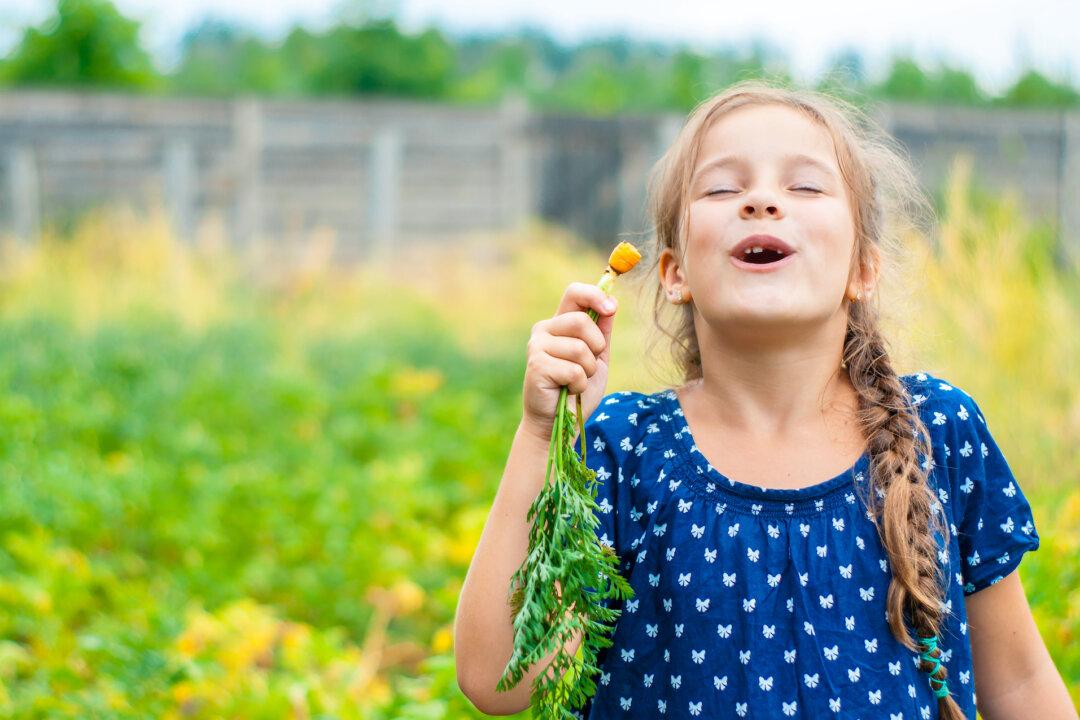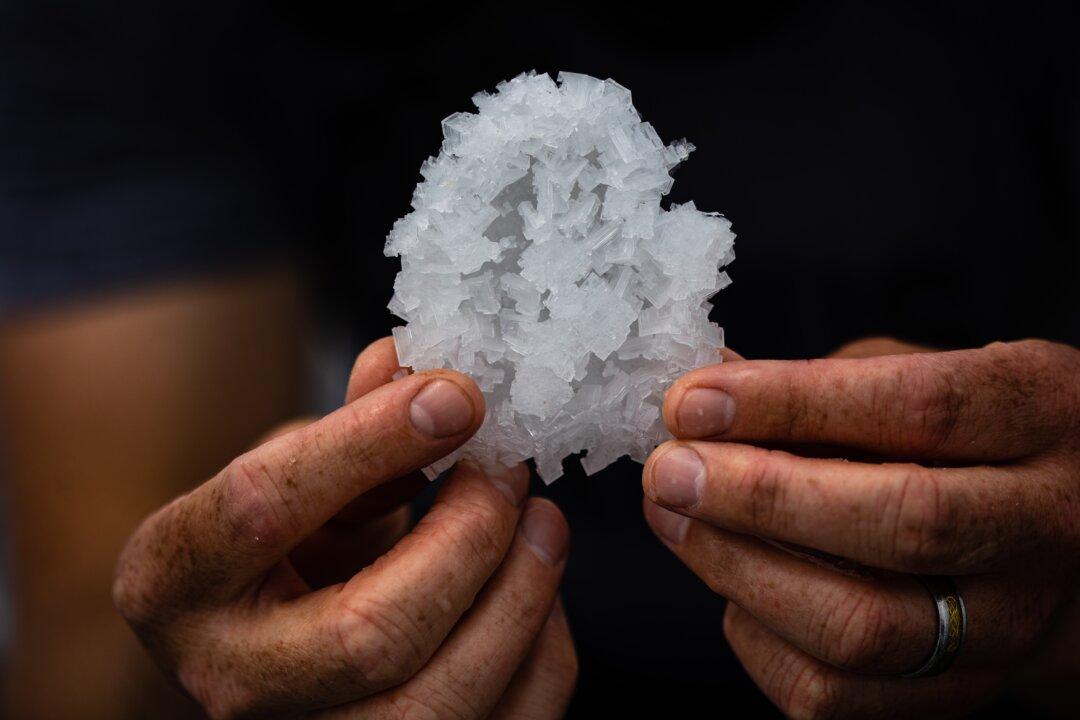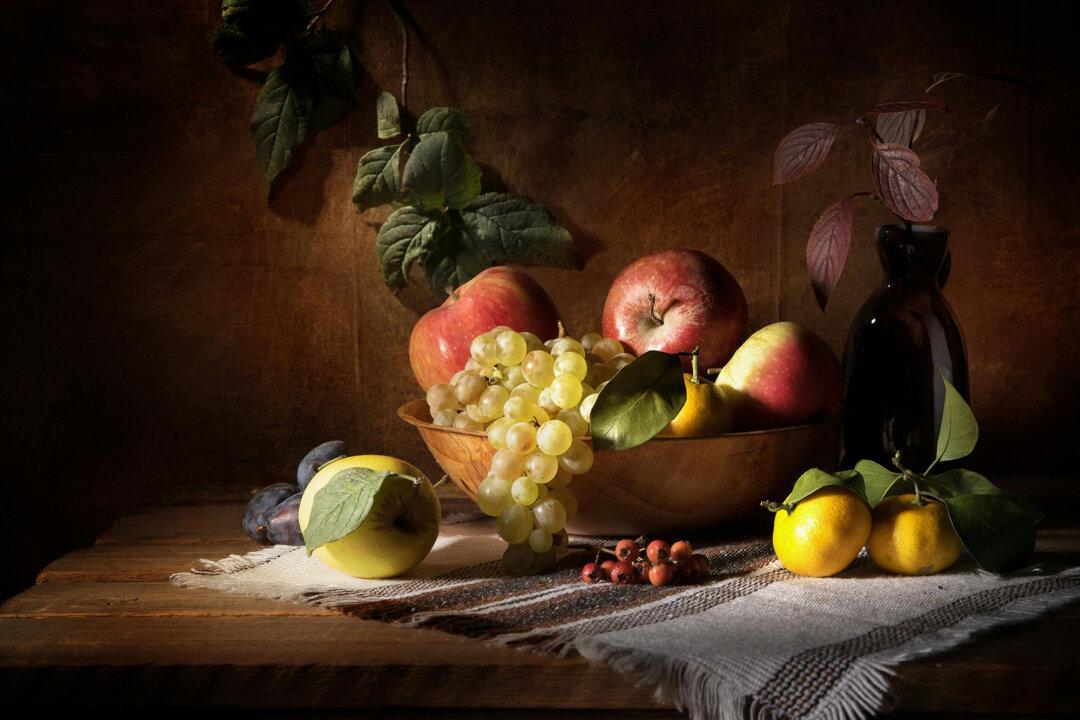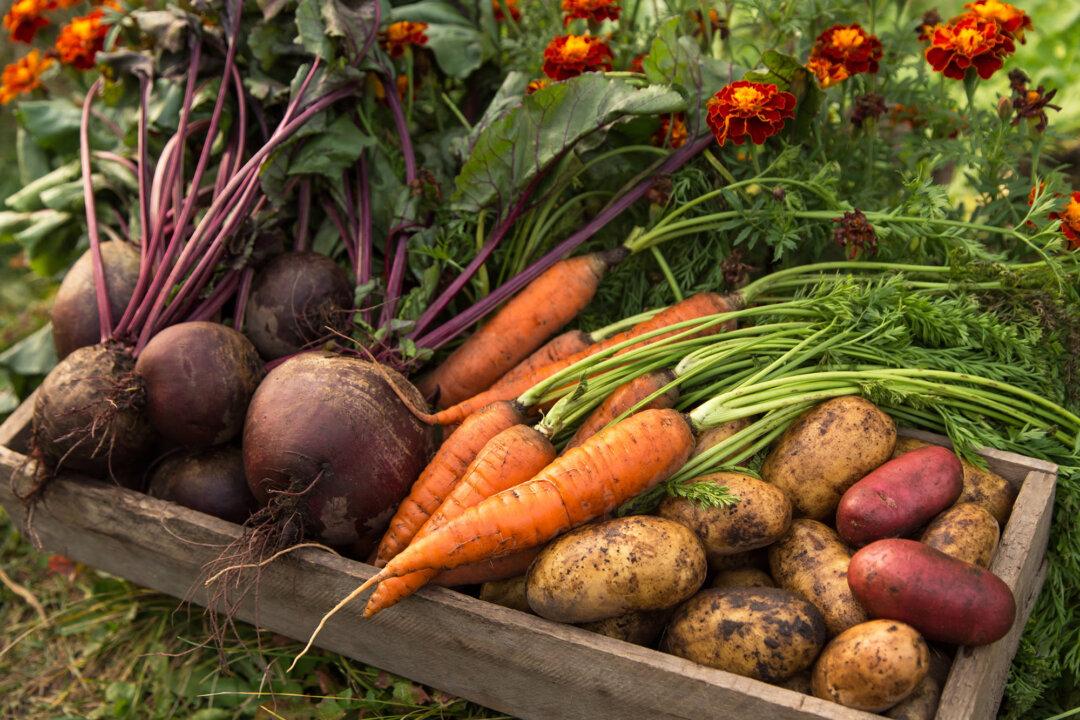My first garden was a tree nursery—maple trees, to be exact. I was 10 years old and living in a neighborhood where maples were abundant, as were maple seeds and seedlings. I was amazed that I could dig up little sprouts with a trowel, tuck them in a backyard garden, water them occasionally, and grow trees.
Trees!




